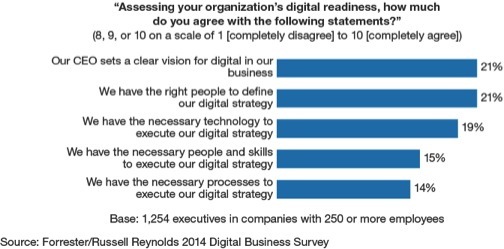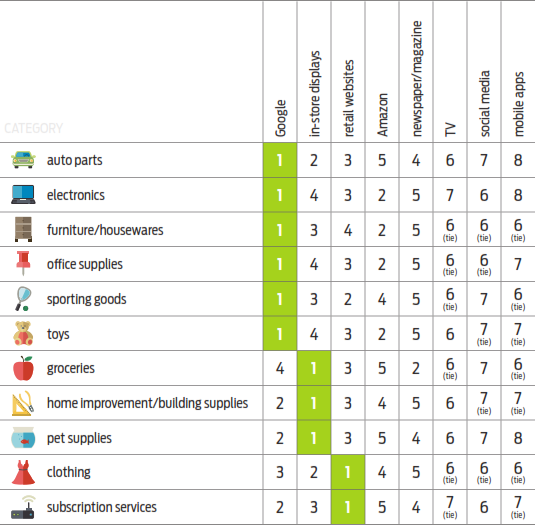Risk and Selection
Risk and Selection
If you are a client, you will used our risk profiling software, which is provided by FinaMetrica. We have been using this system for a good number of years now and I still believe that it is the most comprehensive risk assessment tool that is available. You may be interested to learn that FinaMetrica recently won a fairly high profile new award the Family Wealth Report Awards 2014.
Selecting the best
The quality of the Australian FinaMetrica kit is nothing to do with me, its selection of course is… its not just funds and investment strategies that we sift through here at Solomons, which reminds me of that John West advert “It’s the fish that John West rejects that makes John West the best”…. which I didn’t really pay much heed to in the past, but now am increasingly aware of the importance of an excellent selection process. Anyhow, public congratulations to FinaMetrica – well done Paul, Geoff and the team… its amusing to see you wearing ties on the corporate website – I had no idea that you had any.
World leader
FinaMetrica’s risk profiling solution has attracted widespread international acclaim and usage. The solution, which is a web-based risk tolerance test, operates in 23 countries and is offered in seven languages. The test is easy to complete and takes respondents just 15 minutes to complete. A risk tolerance report is then produced immediately, with a score of between 1 and 100 assigned to respondents. FinaMetrica’s test is objective and backed up by statistical analysis that it is valid, reliable and accurate.
Dominic Thomas













